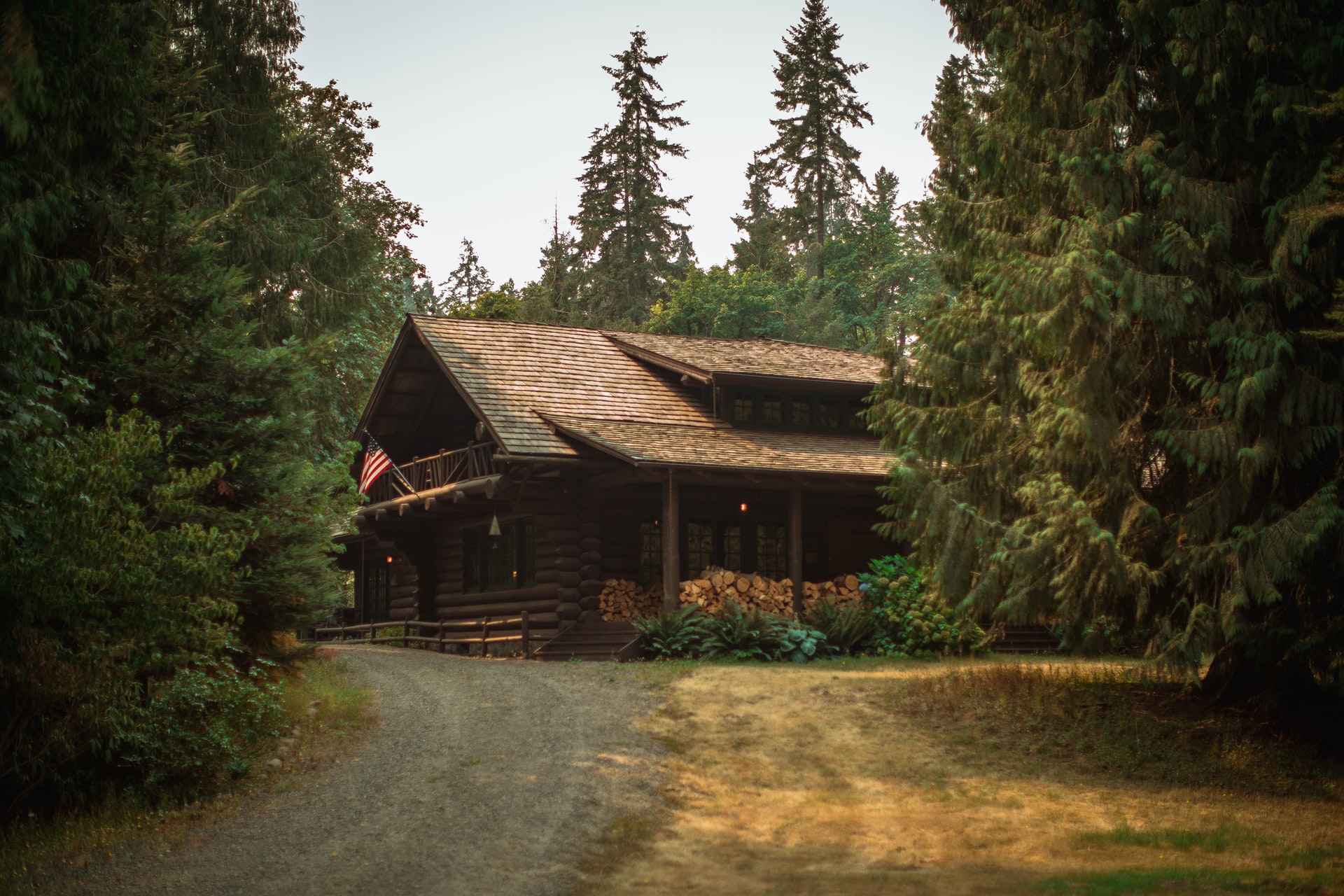Thinking about moving to the mountains? If so, you’re aware of how important good plumbing is. In other words, you need to make sure your new uphill house can get rid of waste effectively.
That’s why you should consider installing a septic tank system.
A septic tank system is a set of underground compartments that filter out bathroom sewage and pump the water back up into the soil. In short, it’s an eco-friendly option for green plumbing.
Our main concern in this article, though, will be to answer the question: can septic tank be uphill from house? As a bonus, we’ll also tackle the pros and cons of setting up an uphill septic tank.
Can You Put Up a Septic Tank Uphill From Your House?
Typically, a septic tank is installed below ground level in order to function properly. The system is designed to get rid of waste with the assistance of gravity. Sewage water flows through plastic pipes only to drop down through the tank’s filters.
Keeping that into consideration, you can understand why it’s rather uncommon to set up a septic tank above your house level. Usually, you might find yourself needing to do that if your new home is located near a slope. This limits your options and you’ll have no choice but to install the tank uphill.
Thankfully, though, your septic tank will still work regardless of its position. Although, you’ll need to set up an ejector pump first to connect your uphill plumbing with your home’s sewer lines. This basin pump helps direct the waste upward, through the pipes, and into the septic tanks.
An ejector pump is typically installed if a house comes with a basement floor. In our case, however, the whole home is considered at basement level. That’s why, if your house is many stories high, you may need to set up multiple underground pumps.
Why Should You Consider an Uphill Septic Tank?
Before you hire professionals to start digging around your land, stop to consider the pros and cons of installing an uphill septic tank first.
In this section, you’ll get to know the main advantages of putting up a septic tank system.
Eco-Friendly Plumbing System
A septic tank, whether positioned uphill or below ground level, will function the same either way. That means it’ll continue to treat waste from your home’s facilities through its many filters. This process turns drain sewage into clean water.
This water can then be used for various matters. For instance, you can use it for irrigation purposes, industrial works, or to recharge groundwater. Not only that, but this waste filtering system prevents future environmental degradation and pollution.
Convenient Plumbing Option
Septic tanks are a convenient choice for houses positioned far away from the city’s main pipelines. Just because you dream of a home up in the mountains doesn’t mean you have to go back to a primitive way of living.
In other words, you can still achieve the comfort you need by installing your own private plumbing system. It’ll work just as effectively as the city’s sewage lines, if not more since it collects, treats, and pumps wastewater.
Value for Money Guaranteed
In addition to septic tanks reducing risks of pollutant transmission, they also save you from monthly sewage and water bills. The only costs a septic tank requires are that of the initial installment and the occasional maintenance check.
At that low spending rate, you’re getting a plumbing system that should last up to a few decades depending on the material. Steel septic tanks last from 15 to 20 years, while concrete ones will remain functional for 40 years or so.
What Are the Downsides of an Uphill Septic Tank?
On the other hand, installing a septic tank can have its disadvantages, especially when set up uphill from your house.
Some of these cons include:
Electrically Powered Ejector Pump
As mentioned before, to position a septic tank uphill, you’ll need to install an ejector pump with it. However, such pumps are electrically-powered and will be useless in case of a power outage.
Even though an ejector pump can hold up to 500 gallons of wastewater and should last from one to two days, you shouldn’t risk it.
That’s why, when the power is out, you’ll need to be extra conscious of your water usage. You’ll have to limit how much waste you’re draining into your septic tank. It’s recommended that you avoid doing laundry or taking long baths until your pump is up and running again.
Necessity of Constant Maintenance
A septic tank system is much more intricate than the city’s sewage lines. They can only hold up to a certain amount of waste, otherwise, the system will fail, backup, or overflow. This means that the tanks need to be constantly maintained and cleaned out to function properly.
Unfortunately, the price of maintenance falls onto you and it should be carried out at least every two years. If ignored, the tank will start releasing a foul odor that’ll attract all kinds of bugs. It’ll also cost more, the longer or harder your septic tank system has to work.
Need for Consistent Use
For septic tanks to continue working properly, you need to be constantly using your facilities. If you have a guest bathroom that you don’t use as often, you’ll have to flush its toilet every once in a while to keep the system’s mechanics from failing.
In doing so, you’ll be preventing future plumbing issues from happening. These include slow-draining tubs, slow-flushing toilets, and backed-up waste.
Final Say
Can septic bank be uphill from house? Definitely, yes. Although not typically common, you can still install a private septic tank above your home’s grounds. You’ll need to set up an additional ejector pump though.
That said, setting up a septic tank uphill from your home won’t be any different from the standard, below-ground system. You’ll be getting the same benefits of owning private septic tanks.

